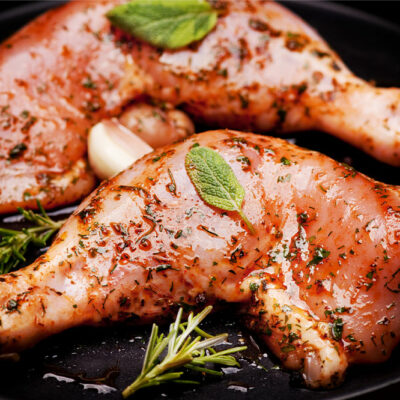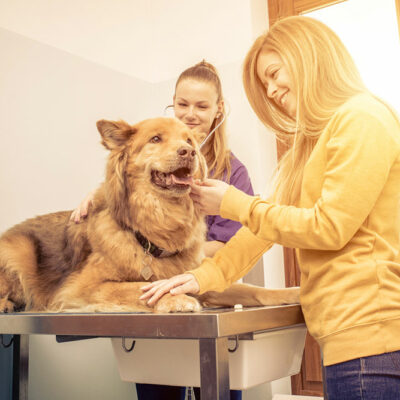
4 major dangers of bully sticks for dogs
Bully sticks are a popular snack option that many pet parents give their dogs. These are single-ingredient treats or dog chews made from high-protein beef muscle, the pizzle of a bull. However, many concerns are associated with bully sticks, which has been worrisome for many and caused their popularity to decline. Pet parents need to understand the dangers of bully sticks and how they can be safely given to one’s pets. Dangers of bully sticks 1. Bacterial contamination One of the biggest risks associated with bully sticks comes from bacterial contamination, leading to upset stomachs, vomiting, and diarrhea. This can be quite disconcerting for dog parents. This worry has been more prevalent since 2018, when the FDA recalled thousands of bully sticks due to salmonella concerns. Other dangerous bacteria that have also been found on bully sticks include Clostridium difficile, Staphylococcus aureus (MRSA), and Escherichia coli . Let’s break this down a little. Most bully sticks are minimally processed, “ all-natural ” products. This means that harmful bacteria continue to thrive on them, which can make their way to the pet’s insides. Processes such as irradiation, baking, and the use of chemicals generally help get rid of these bacteria. However, the appeal of bully sticks, by and large, is their naturality, which does not leave room for any such processing.
Read More 







